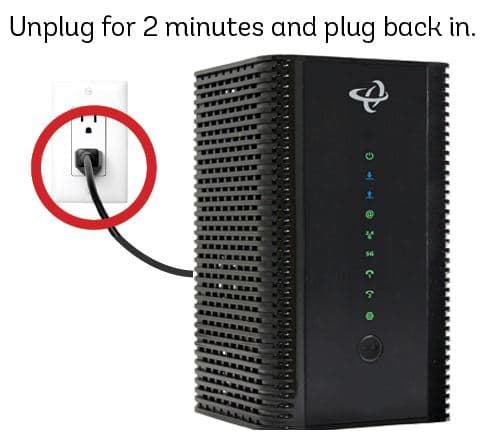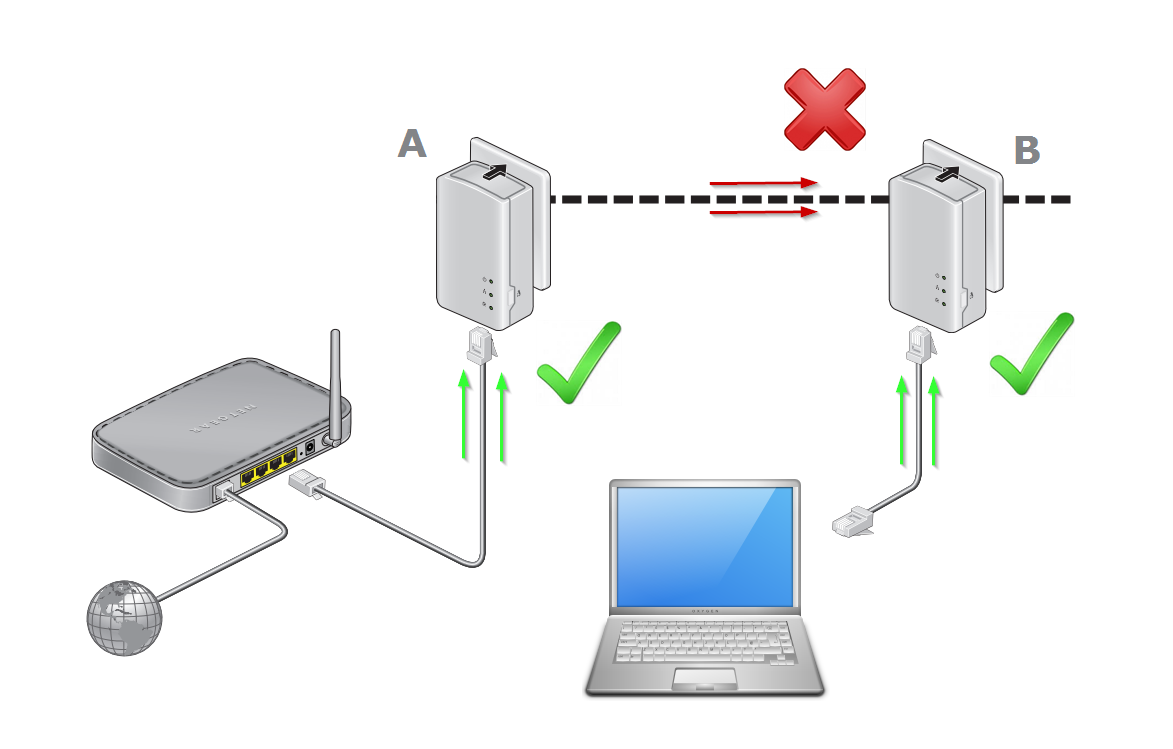In the ever-evolving landscape of connectivity, coaxial cables continue to stand as a testament to reliable engineering. As an industry veteran with over two decades of experience in cable technology, I’ve witnessed firsthand the enduring power and versatility of these unassuming yet crucial components. Join me as we delve into the world of coaxial cables, exploring their unique advantages and the pivotal role they continue to play in our interconnected world.
The Ingenious Design of Coaxial Cables
At its core, the coaxial cable is a marvel of electrical engineering. Let’s break down its key components:
- Inner Conductor: Typically copper, this central wire carries the electrical signals.
- Dielectric Insulator: Surrounds the inner conductor, providing crucial electrical isolation.
- Metallic Shield: Acts as a protective barrier against electromagnetic interference (EMI).
- Outer Jacket: The final layer that shields the internal components from physical damage.
This seemingly simple structure belies the sophisticated engineering that gives coaxial cables their remarkable properties. In my years of working with various cable types, I’ve consistently been impressed by the robustness and reliability of coaxial designs.
Unparalleled Signal Integrity: The Coaxial Advantage
One of the primary benefits of coaxial cables is their superior ability to maintain signal integrity over long distances. Here’s why:
- Effective EMI Shielding: The metallic shield acts as a Faraday cage, blocking external interference and ensuring clean signal transmission.
- Minimal Signal Attenuation: Coaxial cables experience less signal loss compared to many alternatives, allowing signals to travel further without significant degradation.
- High Bandwidth Capacity: These cables can handle a wide range of frequencies, making them ideal for high-speed data transmission and broadband applications.
I’ve seen installations where coaxial cables outperformed other options in challenging environments, delivering crisp, clear signals where others faltered. This resilience is why coax remains a go-to choice for applications where signal quality is paramount.
Versatility in Action: Applications Across Industries
The benefits of coaxial cables extend far beyond their technical specifications. Their versatility has made them indispensable in numerous fields:
- Telecommunications: From cable TV to internet services, coaxial cables form the backbone of many communication networks.
- Broadcasting: TV and radio stations rely on coaxial cables for transmitting high-quality audio and video signals.
- Computer Networking: While fiber optics have gained ground, coaxial cables still play a crucial role in many network setups, especially in legacy systems and hybrid infrastructures.
- Security Systems: CCTV and other surveillance equipment often utilize coaxial cables for reliable video transmission.
- Aerospace and Military: The durability and performance of coaxial cables make them ideal for demanding applications in these sectors.
I recall a project where we upgraded a local TV station’s infrastructure. The decision to stick with coaxial cables, despite newer alternatives, proved wise. The station experienced improved signal quality and reduced maintenance issues, all while staying within budget.
Coaxial vs. Other Cable Types: A Comparative Analysis
To truly appreciate the benefits of coaxial cables, it’s helpful to compare them with other common cable types:
| Feature | Coaxial Cable | Twisted Pair | Fiber Optic |
|---|---|---|---|
| Signal Integrity | Excellent | Good | Excellent |
| EMI Resistance | High | Moderate | Very High |
| Bandwidth | High | Moderate | Very High |
| Cost | Moderate | Low | High |
| Ease of Installation | Moderate | Easy | Difficult |
| Maximum Distance | Up to 500m | Up to 100m | Several km |
While each cable type has its strengths, coaxial cables offer a balanced mix of performance, cost-effectiveness, and ease of use. In many scenarios I’ve encountered, coaxial cables provided the optimal solution, especially when considering factors like existing infrastructure and budget constraints.
The Economic Advantage: Cost-Effectiveness of Coaxial Cables
One often overlooked benefit of coaxial cables is their cost-effectiveness. Consider these factors:
- Longevity: High-quality coaxial cables can last for decades with proper installation and maintenance.
- Compatibility: They work with a wide range of existing equipment, reducing the need for expensive upgrades.
- Lower Installation Costs: Compared to fiber optics, coaxial cables are generally easier and cheaper to install.
I’ve worked on numerous projects where the decision to use coaxial cables resulted in significant cost savings without compromising on performance. For instance, a small business client was able to upgrade their network infrastructure using coaxial cables at a fraction of the cost of a fiber optic solution, while still meeting their bandwidth needs.
Future-Proofing with Coaxial: Adapting to Technological Advancements
Despite being an older technology, coaxial cables continue to evolve and adapt to modern needs:
- DOCSIS 3.1 and Beyond: New standards allow for gigabit speeds over existing coaxial infrastructure, breathing new life into legacy systems.
- MoCA (Multimedia over Coax Alliance): This technology enables high-speed home networking using existing coaxial wiring, perfect for retrofitting older homes with modern connectivity.
- 5G and Small Cell Deployment: Coaxial cables play a crucial role in connecting small cell sites in 5G networks, showcasing their relevance in cutting-edge wireless technologies.
These advancements ensure that coaxial cables remain relevant in the face of increasing bandwidth demands. I’ve seen firsthand how upgrades to existing coaxial networks have revitalized older systems, providing performance boosts that rival more modern alternatives.
Best Practices for Maximizing Coaxial Cable Performance
To fully unleash the power of coaxial cables, proper installation and maintenance are crucial. Here are some tips I’ve gathered over the years:
- Use the Right Cable for the Job: Different applications require different types of coaxial cables (e.g., RG-6 for residential, RG-11 for longer runs).
- Proper Termination: Ensure connectors are correctly installed to prevent signal leakage. Use high-quality compression connectors for the best results.
- Avoid Sharp Bends: Maintain proper bend radius to prevent damage to the cable’s internal structure. A good rule of thumb is to never bend the cable tighter than the curve of a coffee can.
- Regular Inspections: Check for physical damage, loose connections, or signs of corrosion, especially in outdoor installations.
- Grounding: Proper grounding is essential for safety and optimal performance. Consult local electrical codes for specific requirements.
By following these practices, I’ve seen dramatic improvements in system reliability and performance, even in challenging environments.
Conclusion: The Enduring Value of Coaxial Cables
As we’ve explored, the benefits of coaxial cables extend far beyond their basic function of transmitting signals. Their unique design, versatility, and cost-effectiveness make them an invaluable tool in our increasingly connected world. From powering our entertainment systems to enabling critical communications, coaxial cables continue to play a vital role in shaping our technological landscape.
In my years of working with various cable solutions, I’ve developed a deep appreciation for the reliability and adaptability of coaxial cables. While newer technologies may grab headlines, the humble coaxial cable remains a cornerstone of modern connectivity, offering a perfect blend of performance, durability, and value.
As we look to the future, it’s clear that coaxial cables will continue to evolve and find new applications. Their ability to adapt to changing needs while maintaining backwards compatibility ensures their relevance for years to come. Whether you’re a seasoned professional or just starting to explore the world of cables and connectivity, understanding the power and potential of coaxial cables is key to making informed decisions in our increasingly connected world.
Remember, in the realm of connectivity, sometimes the tried-and-true solutions are the most powerful. Coaxial cables have stood the test of time for good reason, and their benefits continue to make them an indispensable part of our technological infrastructure. As we continue to push the boundaries of what’s possible in communications and networking, I’m excited to see how coaxial technology will adapt and thrive in the years to come.







